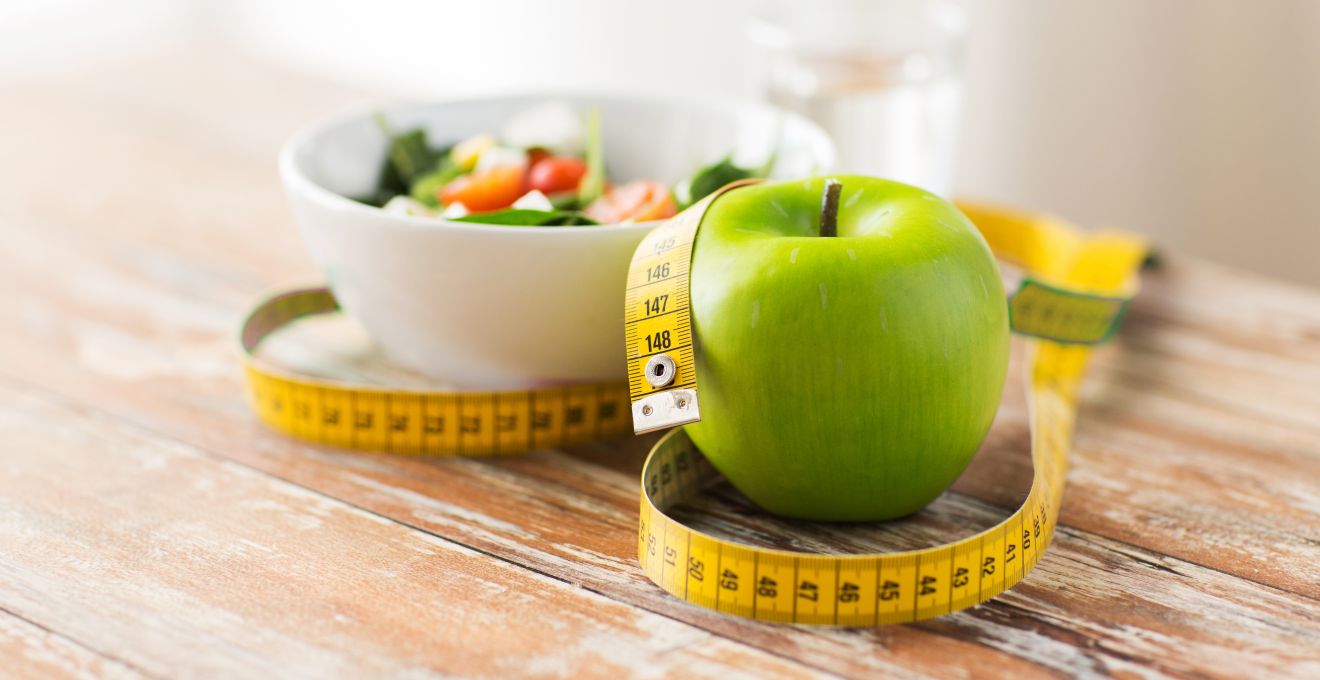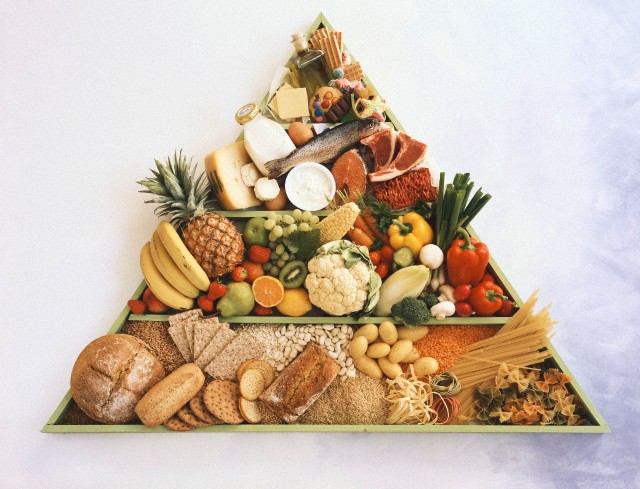Dietician: estimating the percentage of fat in our body! Weighing and calculation of body mass…

5 + 1 Dietary Myths
Nutrition science and interest around this evolve rapidly! In most magazines and newspapers there is one or more columns that relate to diet. On tv there are many broadcasts informative and non-accommodating dietary advice. Whether these are all scientifically based; Did the myths circulating are most of the truths and can affect our health? At this point you will encounter some of the basic nutritional myths that circulate from time to time and are considered valid, as relayed by word of mouth and are continued in the spotlight.
1. Banana, spaghetti (and many other foods …) fatten.
Wrong!!! No food is fattening. What matters is the total number of calories a person consumes in a day, in combination with the number of calories you burn during a day! Can the banana has more calories than a small Apple for example, though it contains nutrients essential for our body, such as potassium! Therefore, the banana is a good choice of snacks during the day.
2. The Grapefruits, lemon juice (and many other foods …) slimmer and burn the lipo?.
No, until now, valid scientific data to substantiate something. This myth is heard years, but rather is an impossible dream! No food can burn fat in our bodies … The only reason that can be caused by weight loss observed, is the replacement of some food with more calories from these foods. At TherapyLab we have the abdominal fat. Here’s how!
3. Soft drinks cause cellulite.
Cellulite is caused by the accumulation of fat under the skin and sagging of the tissues, resulting in the creation of the so-called “orange peel appearance. No, until now, scientific data to substantiate that any single food is responsible for creating cellulite. The only sure ways to improve the image of cellulite is the correct and balanced diet and regular physical activity, which help to reduce body fat.
4. The eggs should not be eaten by people with hypercholesterolemia.
It is true that the yolk of the egg is rich in cholesterol. Nevertheless, the eggs should not be avoided by feeding people with high cholesterol, but limited. Furthermore, dietary cholesterol contributes to a very small percentage (approximately 20%) to increase blood cholesterol levels. The largest percentage is produced endogenously. More important seems to be the limit of saturated fatty acids derived from animal sources (eg. Red meat, butter).
5. whole grain foods have fewer calories than processed and why we are considered the best option.
Wrong!!! Have about the same calories. The only difference is that wholegrain foods are richer in fiber, both of which contribute to the proper functioning of the gastrointestinal system, including nutrients, such as vitamins and minerals which are lost When editing.
6. The combination of carbohydrates (e.g. Spaghetti) and protein (e.g. meat) is fattening.
Carbohydrates are essential for the Organization, provide the necessary energy to perform its functions. On the other hand, proteins are essential for building cells, muscles, hair, etc. Each food consumed individually in our diet, can be eaten as well as combination with another food. There are no food combinations to fatten or slimmer. Each main meal should be complete and balanced and contains both carbohydrates (pasta, bread, potatoes), and protein (meat, chicken, fish, cheese) and vegetables (raw or boiled) and fats (mainly olive oil).
Ioanna Kechrimpari, MSc
Dietician-Nutritionist
Therapy Lab Member




